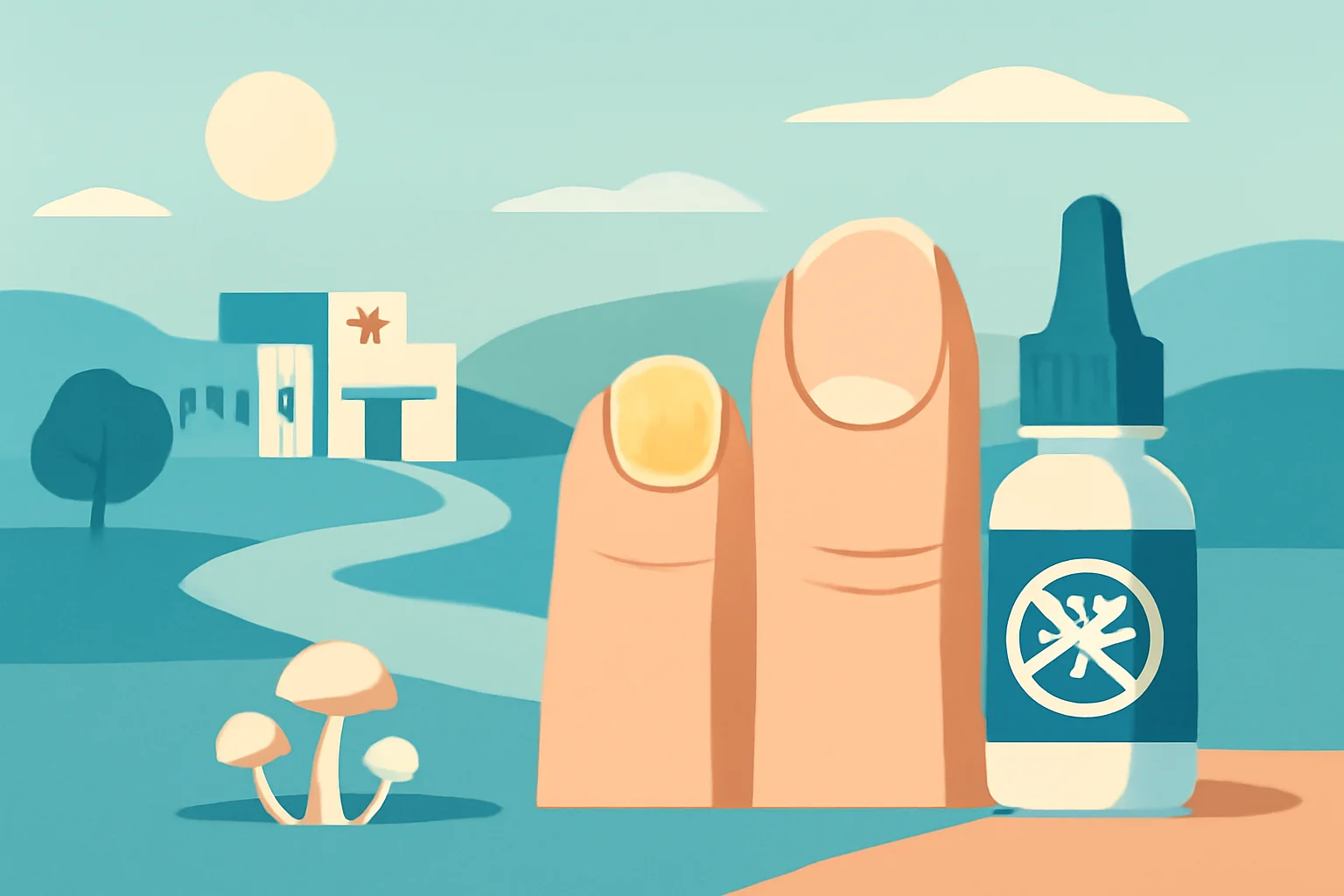
Effective Solutions for Treating Skin and Nail Fungus
The skin fungus and nail fungus are fungal infections that affect many people worldwide. These infections not only pose aesthetic problems but can also lead to significant discomfort in many cases. Skin fungal diseases can develop for various reasons, such as contact with infected surfaces, a weak immune system, or poor hygiene practices. In the case of nail fungus, fungi settle under the nail and within the nail plate, which can cause pain and deformity of the nails.
Fungal infections often come with itching, redness, and peeling, which many find bothersome. The severity of symptoms can vary, and the spread of the infection can be rapid if not treated in time. For proper diagnosis and treatment, it is important for patients to be aware of the differences between skin fungus and nail fungus. Additionally, prevention plays a key role, as proper hygiene and skin care can help avoid fungal infections.
Therefore, it is crucial to thoroughly understand the topic to effectively defend against these unpleasant problems.
Skin Fungus: Symptoms and Causes
Skin fungus, also known as dermatophytosis, is a fungal infection of the skin caused by various fungi, most commonly from the Trichophyton, Microsporum, and Epidermophyton genera. These fungi settle in the upper layer of the skin and can find particularly favorable conditions in warm, moist places, such as between the toes, in the armpits, and around the genital area. Skin fungus often spreads in communal areas, such as swimming pools, locker rooms, or gyms.
The symptoms of skin fungus are quite varied, but the most common include itching, redness, peeling, and swelling. Well-defined, red, itchy spots typically appear on the infected area, which can expand over time. As the disease progresses, the condition of the skin may deteriorate, and blisters may even develop.
Causes of skin fungus include poor hygiene, excessive sweating, and a weakened immune system. Those who suffer from diabetes or who regularly take medications that weaken the immune system are at a higher risk of developing skin fungus. Treatment for skin fungus usually involves the application of topical antifungal agents, but in more severe cases, oral medications may be necessary.
One of the most important steps in preventing skin fungus is establishing proper hygiene habits, such as regular handwashing, keeping the skin dry, and dressing appropriately. Wearing breathable materials and ensuring proper ventilation of footwear can also contribute to avoiding fungal infections.
Nail Fungus: Symptoms and Treatment
Nail fungus, also known as onychomycosis, is a fungal infection of the nail caused by various species of fungi. Nail fungus most commonly occurs on the toes but can also affect the nails of the hands. The infection begins in the area under the nail plate, where fungi start to proliferate, changing the healthy appearance of the nail.
The first symptoms of nail fungus include thickening, discoloration of the nail, and cracking of the nail edges. As the infection progresses, the nail becomes brittle and may even detach from the nail bed. Nail fungus not only presents an aesthetic problem but can also cause pain, especially if the infection worsens.
The treatment of nail fungus is generally more complicated than that of skin fungus. In addition to topical antifungal agents, oral medications may also be required, which can be prescribed by a doctor. The duration of treatment can be long, lasting for months, as the nail growth cycle is slow.
To prevent nail fungus, it is important to maintain proper foot hygiene. Feet should be kept dry, closed shoes should be avoided when possible, and nails should be trimmed regularly. When in communal areas, such as swimming pools or saunas, it is advisable to wear flip-flops to avoid infections.
How to Distinguish Between Skin Fungus and Nail Fungus?
Although both skin fungus and nail fungus are fungal infections, there are several differences between the two conditions that can help in their differentiation. The primary difference is the location of the infection: while skin fungus is found on the surface of the skin, nail fungus settles under the nail and within the nail plate.
The symptoms can also differ. Skin fungus typically presents with redness, itching, and peeling, while nail fungus primarily manifests as thickening, discoloration, and cracking of the nail. Additionally, skin fungus can spread much more quickly, as the source of the fungal infection is more easily accessible on the surface of the skin.
To establish a diagnosis, a medical examination is necessary, during which a sample of the skin or nail is sent for laboratory testing. Correct diagnosis is essential for starting the appropriate treatment, as the treatments for skin fungus and nail fungus differ.
From a prevention standpoint, it is important to adhere to hygiene rules in both cases and to pay attention to the health of our feet and nails. Regular check-ups and adherence to skincare practices can help avoid the development of fungal infections.
Attention: This article does not constitute medical advice. If you have a health problem, please consult a doctor!

